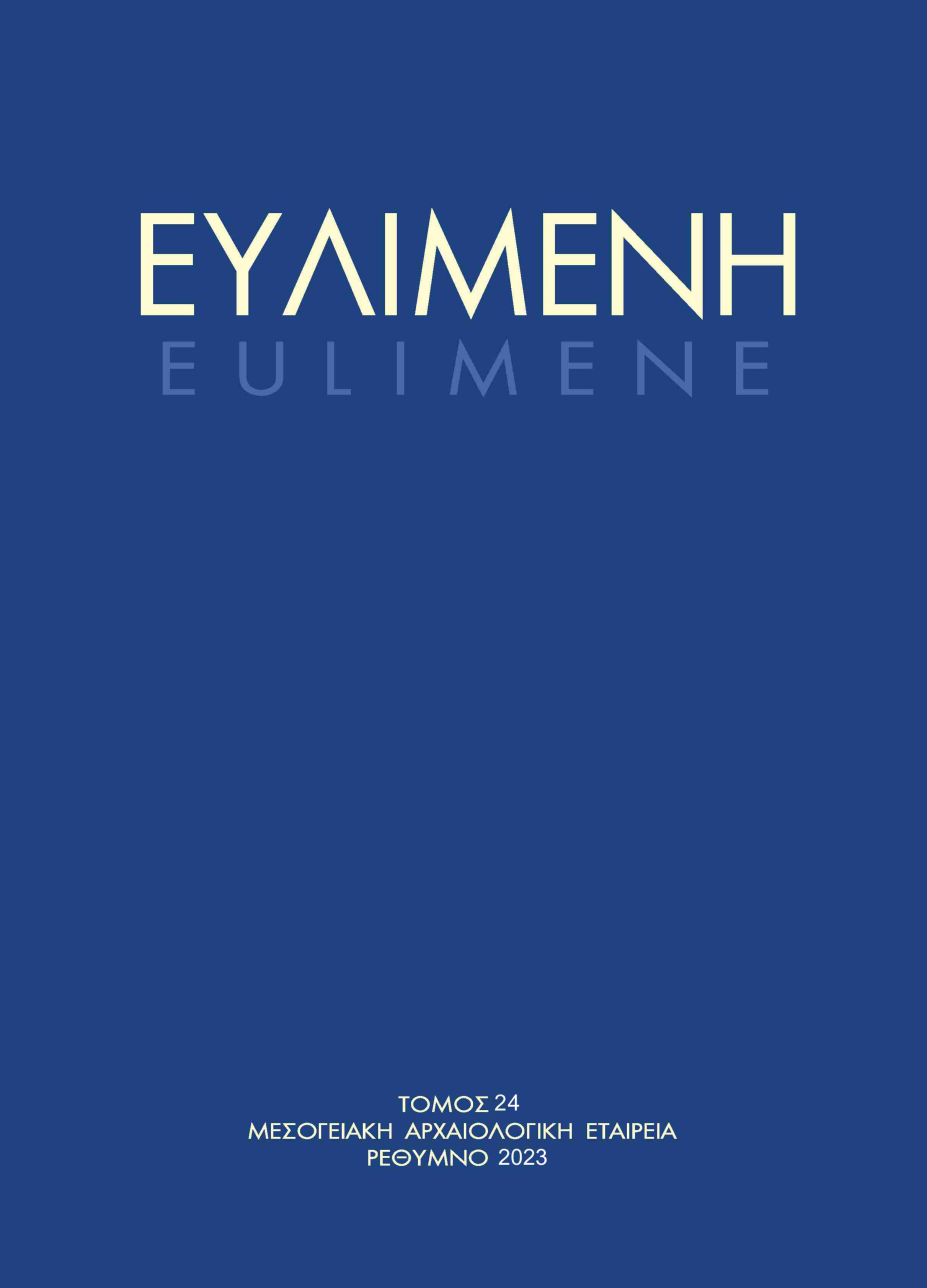Κλεοπάτρα Ζ’ – Venus Genetrix

Περίληψη
In the second half of the 1st c. BC, the mint of Paphos issued a series of bronze coins in the name of Cleopatra VII. The coins bear the bust of a Kourotrophos figure, which has been identified either as Aphrodite-Eros, Cleopatra-Caesarion or Isis-Horus. After 44 BC, Cleopatra VII celebrated the occasion of Cyprus’s annexation to the Ptolemaic kingdom, with a bronze issue. In Paphos, Aphrodite’s significant cult center and birthplace, Cleopatra imported a new iconography of the goddess. Genetrix was a title given to Venus by Julius Caesar, who spent his life as Venere Prognatus, and considered himself descendant of the goddess. Caesar founded the temple of Venus Genetrix in his new Forum in 46 BC. There, he dedicated a statue of Venus which represented the goddess as a mother holding her infant, little Cupid. His second dedication was a gold or gilded statue of Cleopatra, resembling in posture and figure with Venus Genetrix. The two statues were depicted on the series of denarii, issued by Caesar during his military expedition in Spain in 45 BC. After his assassination in 44 BC, Cleopatra, as the mother of Caesar’s only son, probably dedicated a statue of Venus Genetrix to the sanctuary of Paphos. This article discusses the possibility that the bronze Cypriot issue bears this specific kourotrophic figure.
Λεπτομέρειες άρθρου
- Τεύχος
- EULIMENE 24 (2023)
- Ενότητα
- ΑΡΘΡΑ
- Κατηγορίες

Αυτή η εργασία είναι αδειοδοτημένη υπό το CC Αναφορά Δημιουργού – Μη Εμπορική Χρήση – Όχι Παράγωγα Έργα 4.0 4.0.
Οι συγγραφείς των άρθρων που δημοσιεύονται στην Ευλιμένη διατηρούν τα δικαιώματα πνευματικής ιδιοκτησίας επί των άρθρων τους, παραχωρώντας στο περιοδικό το δικαίωμα της πρώτης δημοσίευσης. Άρθρα που δημοσιεύονται στην Ευλιμένη μπορούν να χρησιμοποιούνται ελεύθερα για μη κερδοσκοπικούς σκοπούς, χωρίς δικαίωμα τροποποίησης (δημιουργία παράγωγου έργου), με αναφορά στο συγγραφέα και στην πρώτη δημοσίευση. Η Μεσογειακή Αρχαιολογική Εταιρεία διατηρεί το δικαίωμα να δημοσιεύει, να αναπαράγει, να παρουσιάζει στο κοινό, να διανέμει και να χρησιμοποιεί άρθρα που δημοσιεύονται στην Ευλιμένη σε οποιοδήποτε μέσο και μορφή, είτε μεμονωμένα είτε ως μέρη συλλογικών έργων, για όλο το χρόνο διάρκειας προστασίας της πνευματικής ιδιοκτησίας και για όλες τις χώρες του κόσμου. Αυτό περιλαμβάνει, ενδεικτικά και όχι αποκλειστικά, το δικαίωμα δημοσίευσης των άρθρων σε τεύχη του περιοδικού Ευλιμένη, αναπαραγωγής και διανομής μεμονωμένων αντιγράφων των άρθρων, αναπαραγωγής ολόκληρων των άρθρων σε άλλη έκδοση της Μεσογειακής Αρχαιολογικής Εταιρείας, και αναπαραγωγής και διανομής των άρθρων ή της περίληψης τους με χρήση πληροφορικού συστήματος αποθετηρίου.





